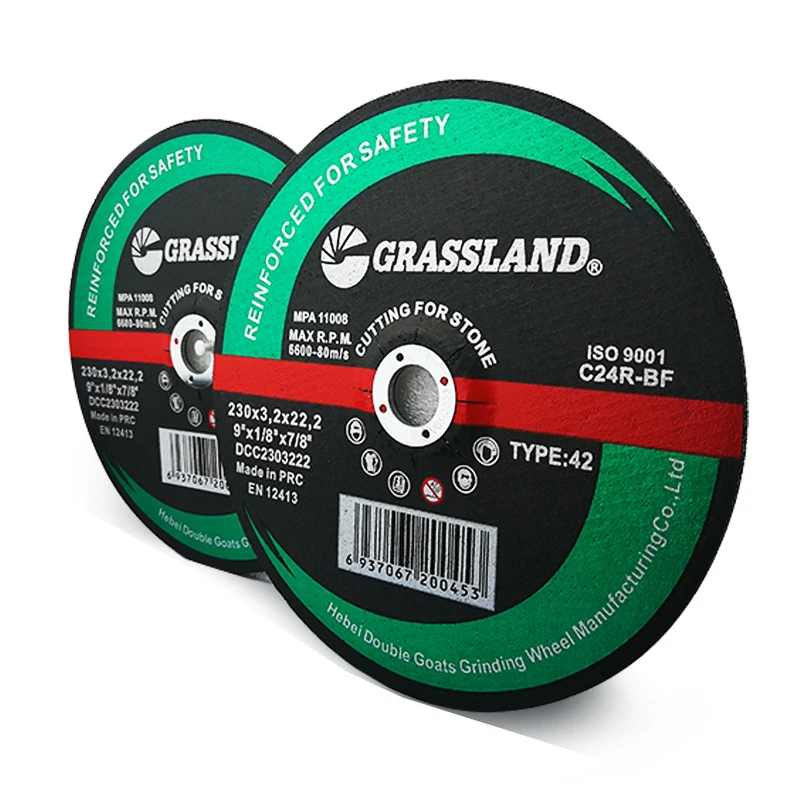

Furthermore, safety cannot be overstated when using cutting disks. High-speed rotations generate substantial friction and can lead to overheating or disk failure if not monitored properly. This risk underscores the importance of using personal protective equipment (PPE) such as safety goggles, gloves, and protective clothing. Ensuring that the cutting equipment is well-maintained and operating within its designed parameters is also critical. Professionals advocate for routine inspections of the cutting tool's guard and torque adjustments to mitigate the risks associated with disk fragmentation. The trustworthiness of a stainless steel cutting disk is often reflected in its brand reputation and certifications. Manufacturers who adhere to international standards such as ISO or EN14800 offer an additional layer of assurance regarding the product's safety and performance. Reviews from industry experts and feedback from experienced users often serve as reliable sources in evaluating the disk's real-world applicability. Innovation in cutting disk technology continues to evolve, with manufacturers constantly exploring new materials and designs to enhance efficiency and safety. These advancements are not just about making a cut cleaner or faster but also about extending the disk's lifecycle and reducing the environmental impact through less frequent replacement and lower material waste. In conclusion, stainless steel cutting disks are an integral tool in metalworking that, despite their commonplace appearance, are steeped in technical details that influence their performance and reliability. Anyone working in the field or looking to expand their toolkit should not only prioritize acquiring high-quality disks but also continually update their knowledge on the latest advancements and best practices. This approach ensures that the tools remain effective and safe, reinforcing their status as a cornerstone in the arsenal of metal fabrication.
Post time:Feb - 12 - 2025

















